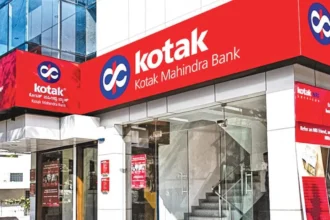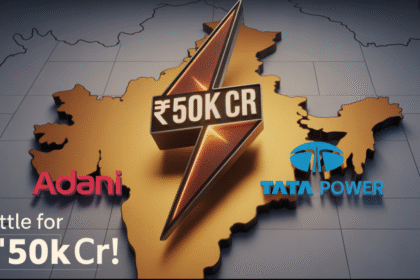Kotak Mahindra Bank has set its sights on expanding its Small and Medium Enterprises (SME) franchise. SMEs are an essential part of India’s economy, contributing 30% to the GDP. The bank sees this segment as a growth engine for the country and an area of immense potential for future development.
The SME sector is expected to grow at a faster pace than larger corporates. Kotak Mahindra Bank plans to partner with high-growth SMEs to support their financing needs and growth aspirations. This focus aligns with projections for the Indian economy, which is expected to reach $7 trillion by 2031. SMEs are viewed as the backbone of this growth, making them a priority for the bank.
To improve its operations and better serve SMEs, Kotak Mahindra Bank has embraced digital adoption. This has reduced turnaround times for services by a third, allowing for faster processing and improved customer experience. The adoption of digital services has also helped the bank lower its operational costs.
SME loans currently make up 8% of Kotak Mahindra Bank’s total advances, but this is the fastest-growing segment. There is strong loan demand in areas like infrastructure, including renewable energy projects and data centers. While the SME segment is growing, corporate lending has become more challenging due to intense competition and pricing pressures. Higher interest rates and funding costs have also led to shrinking net interest margins (NIMs) in the corporate lending space.
In infrastructure, incremental capital expenditure is gaining preference over large-scale greenfield projects. This trend includes debt restructuring, capacity enhancement, and integration efforts. With capacity utilization in Indian industries at around 76%, new capital expenditure typically begins when utilization exceeds 72%-76%.
Growth in the economy is being driven by sectors such as real estate, logistics, renewable energy, and infrastructure. Downstream industries like cement and steel are also benefiting from these developments. The credit environment remains stable, and banks have not observed any major risks. However, demand from large corporates for consortium lending has stagnated as companies focus on smaller projects.







